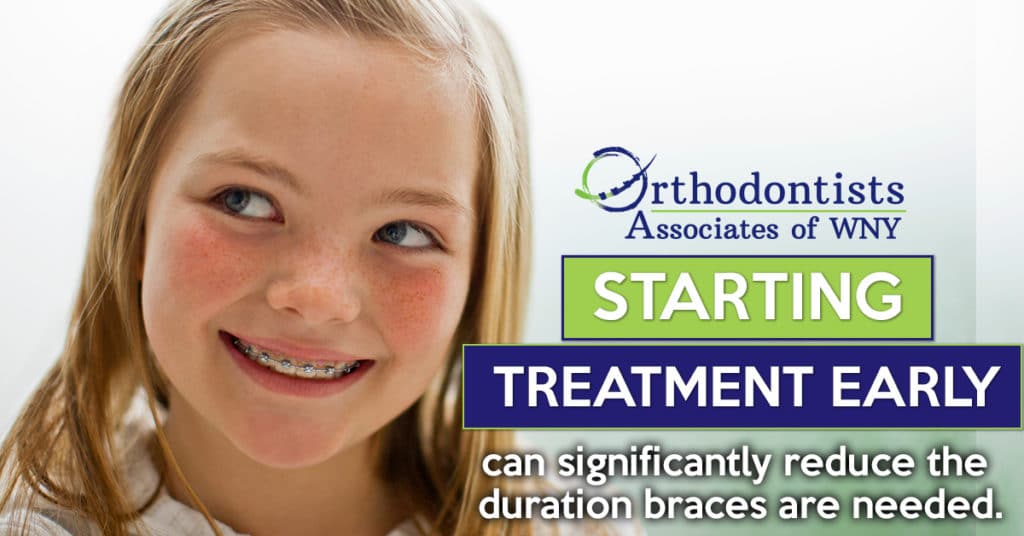A Biased View of Legacy Orthodontics
A Biased View of Legacy Orthodontics
Blog Article
9 Easy Facts About Legacy Orthodontics Explained
Table of ContentsLegacy Orthodontics Things To Know Before You BuyThe Definitive Guide for Legacy OrthodonticsLittle Known Questions About Legacy Orthodontics.9 Easy Facts About Legacy Orthodontics DescribedWhat Does Legacy Orthodontics Mean?
In addition, we use adjustable treatment routines, versatile settlement choices and a fun, enjoyable experience.An orthodontist is a dentist trained to diagnose, protect against, and deal with teeth and jaw irregularities. They correct existing problems and are educated to determine issues that might develop in the future. Orthodontists function with people of all ages, from children to adults. People usually connect a perfect smile with healthiness.
Malocclusion, or misaligned teeth, can cause dental issues, including dental caries, gum tissue disease, and challenging or unpleasant eating. Not every person is born with straight teeth. If you have a negative bite or large areas in between your teeth, you may intend to get in touch with a dental practitioner focusing on orthodontic treatment.
The Only Guide to Legacy Orthodontics
( Image Debt: DigitalVision/Getty Images) Orthodontists utilize taken care of and removable oral gadgets, like braces, retainers, and bands, to change the position of teeth in your mouth. Orthodontic treatment is for oral problems, consisting of: Uneven teethBite problems, like an overbite or an underbiteCrowded teeth or teeth that are as well far apartJaw misalignmentThe objective of orthodontic therapy is to boost your bite.
While you may think of orthodontists as generally for youngsters or young adults that require braces, they can fix dental issues at any type of age. Orthodontists go to college, dental school, and orthodontic school.
, yet not all dental experts are orthodontists. They focus on two areas: How to effectively and safely relocate teeth Just how to correctly assist development in the teeth, jaw, and faceOnce an orthodontist has finished training, they have the option to become board accredited.
Legacy Orthodontics - An Overview
Malocclusion leads to tooth overcrowding, an askew jaw, or irregular bite patterns. Malocclusion is normally treated with: Your orthodontist connects steel, ceramic, or plastic square bonds to your teeth.
If you have just minor malocclusion, you may have the ability to use clear dental braces, called aligners, as opposed to traditional dental braces (https://legacyortho.blog.ss-blog.jp/2024-10-01?1727712062). Some people require a headwear to help move teeth right into line with pressure from outside the mouth. After braces or aligners, you'll require to use a retainer. A retainer is a customized device that maintains your teeth in position.
They're most typically used on youngsters. They can develop additional room in the mouth without needing to pull teeth. If you have a severe underbite or overbite, you could need orthognathic surgical procedure (likewise called orthodontic surgical treatment) to lengthen or shorten your jaw. Orthodontists use wires, surgical screws, or plates to support your jaw bone.
You may need to see an orthodontist if you have: Crowding or not sufficient room for every one of your teethOverbite, when your upper teeth come by your bottom teethUnderbite, when your bottom teeth are too much forwardSpacing or problems with gapsCrossbite, which is when your upper teeth fit behind your bottom teeth when your mouth is closedOpen bite or an upright space between your front base and top teethMisplaced midline, when the facility of your bottom and upper teeth do not align Correcting an oral malocclusion can: Make biting, chewing, and speaking easierImprove the symmetry of our face and Read Full Report your total appearanceEase pain from temporomandibular joint disordersSeparate your teeth and make them less complicated to clean up, aiding prevent tooth degeneration or cavities It's typically a dentist who first notifications misaligned teeth during a regular exam.
How Legacy Orthodontics can Save You Time, Stress, and Money.

Throughout your very first orthodontic consultation, you'll likely have: A dental examPhotos taken of your face and smileDental X-raysPanoramic (360 degree) X-rays of your face and headImpressions to create molds of your teethThese examinations will assist your orthodontist know just how to wage your therapy. orthodontics. An orthodontist is a dental professional who's had training to treat your teeth and jaw
An orthodontist is concentrated on your bite, so something like a broken tooth would be dealt with by a dental expert. Orthodontists are focused on your bite, or the method your teeth fit together, and the straightness of your teeth.
Ever before asked yourself exactly how stars always appear to have completely lined up teeth? Orthodontists are oral professionals who concentrate on remedying abnormalities in the teeth and jaws.
The 8-Minute Rule for Legacy Orthodontics

, orthodontists have a varied toolkit at their disposal. These tried-and-true braces use a system of braces bonded to the teeth and attached by cords.
Clear aligners, like Invisalign, are a popular choice for clients looking for a more discreet treatment option. These removable trays are customized to considerably change the teeth's placement. Headwear might be utilized together with braces or aligners to use added targeted pressures, especially for remedying jaw disparities. In situations of narrow jaws, palatal expanders can be utilized to develop room for appropriate tooth positioning.
Report this page